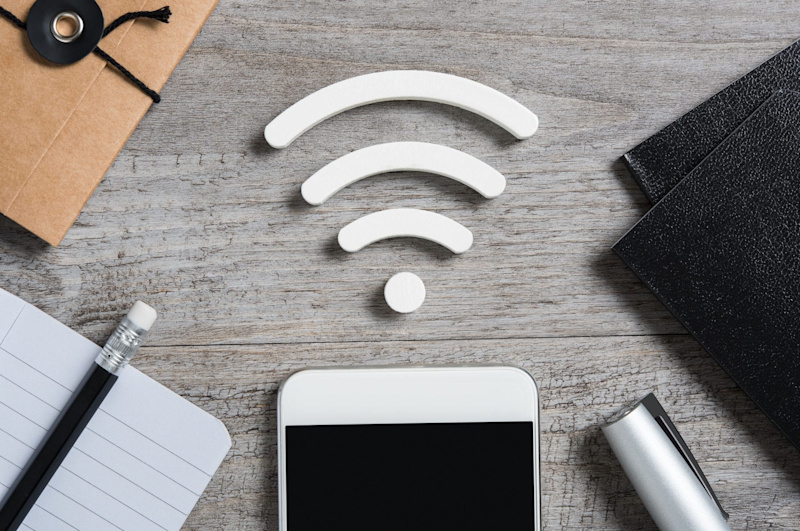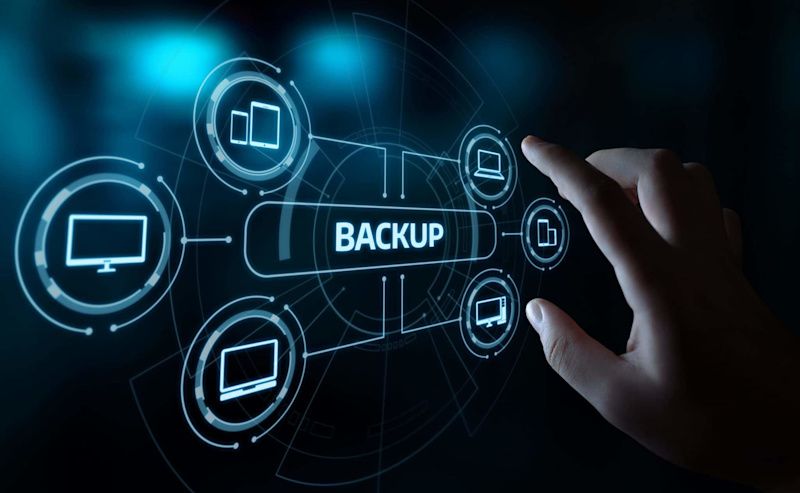With the rise of globalisation and technological growth, the world has seen an increasingly mobile workforce over the years – with nearly 70% of Australians now working remotely each week.
This (albeit non-traditional) set-up has, in fact, lent itself to varying benefits; including improved employee morale, productivity, reduced absenteeism, and higher financial savings.
Studies have shown that most employees (52% of men and 51% of women) would even take a pay cut in exchange for this flexible work arrangement.
However, with cybercrime at an all-time high (Australians are found to report attacks or breaches every 10 minutes), it’s vital to take precautions in securing your online activity – especially as a remote worker.
In light of the COVID-19 pandemic, citizens are telecommuting more than ever. With employees now using their own technologies, company data is left further vulnerable to mismanagement or unauthorized access; unless, of course, the proper safeguards are established.
Below, we dive into some of the best tips for upgrading and maintaining your cybersecurity, helping you work from home as safely as possible.
Secure your Wi-Fi network
As a remote worker, your utmost priority should be securing your home Wi-Fi network. Even the smallest vulnerability in your systems can give way to criminal access, putting all connected devices at risk.
Firstly, it’s important to change the SSID (service set identifier) of your network. Also known as your network’s name, the SSID is publicly broadcasted alongside other wireless networks when searched for by nearby computers. To thwart hackers, it helps to change your SSID to something that doesn’t disclose your company or personal information.
To take things a step further, you can also hide your network by disabling network name broadcasting. This adds an extra layer of security – as without your SSID, hackers will find it near impossible to access your Wi-Fi.
Of course, be sure to use a strong, unique password to secure your network. Experts recommend keeping this 20 characters long – including numbers, letters, and even various symbols. (However, good password practices shouldn’t stop at your network protection; this same rule should also apply to any devices or online accounts storing company data.)
Finally, be sure to regularly update your router firmware, ensuring the latest security patches are installed.
Ensure your anti-virus software is up to date
With new computer viruses created each day – an estimated one million, in fact – it’s vital to regularly install the latest updates to your anti-virus software.
Doing this ensures its signature files (a list of the latest viruses and their known behaviors) are constantly up-to-date. With the speed at which new malware is produced, this is crucial to maintain protection. Users can also configure their anti-virus program to automatically check for new updates as they emerge.
Updating your software can also maintain your scan engine performance. The anti-virus scan engine is responsible for performing the program’s primary functions – these including cleaning, quarantining, and deleting any threats it identifies. Ensuring the necessary updates are installed on your scan engine can fix any bugs, help it scan at a faster rate, and reduce any false detections.
Have a reliable backup process
Work on digital systems – whether you’re on-site or teleworking – requires consistent foresight.
In the case of theft, human error, or natural disaster, it’s important to keep regular copies of important data. This is where having a sustainable, reliable backup process comes in.
Backing up your files can be done in various ways (and at different levels of precision), though the simplest is to keep frequent copies on an external drive or cloud-based server**.** The process can also be automated to save time; plenty of USB drives now come with software that automatically copies new or changed files, while cloud systems are known for their efficient backup, recovery, and syncing processes.
Additionally, you can protect your devices from unexpected power outages by investing in an uninterruptible power supply (UPS) or surge protector.
Set up firewalls and a VPN
Network firewalls provide you that extra layer of security by blocking intrusions or malicious attempts into your network. Most Wi-Fi routers already come with a firewall installed – simply requiring you to enable it.
If your router doesn’t come with a firewall, plenty of anti-virus software (such as Avast Premium or Norton 360) include firewall protection features as part of their package.
Virtual private networks (VPNs)**,** on the other hand, helps secure your Wi-Fi connection by masking your online activity and location. The software typically connects your devices to a server from a different country, letting you use that server’s internet connection.
VPNs can be especially helpful when taking your work to public locations, protecting your device from compromised Wi-Fi hotspots that are often a target of “man-in-the-middle” cyberattacks. With this tactic, hackers intrude on the communications of those connected to the network, stealing data or sneaking malware on their devices.
VPN use is steadily growing in Australia, with NordVPN, ExpressVPN, and Surfshark among the most popular software.
Encrypt your communications
Encryption involves shielding your data from prying eyes; whether in transit or stored on devices. The process protects your communications from unauthorised interception – typically used by hackers to exfiltrate sensitive information.
While VPNs are an effective tool to encrypt your online activity, users can also configure their wireless security settings to encrypt their network signals.
The three most recommended Wi-Fi encryption systems are Wired Equivalent Privacy (WEP), Wi-Fi Protected Access (WPA), and Wi-Fi Protected Access 2 (WPA2). These methods are selected under your wireless settings on your router’s configuration page.
Though compatible among most devices (and thus recommended for those using older hardware), WEP uses basic encryption and this provides the least security. For those using devices manufactured in 2006 and beyond, WPA2 is recommended for best protection.
Be wary of popular scams
Human error accounts for much of our documented security failures, with phishing among the top three cyber security incidents experienced by users in Australia and New Zealand (according to a 2017/2018 survey by BDO and AusCERT Cyber Security).
For remote and office workers alike, it’s vital to keep atop the latest online scams that attempt to trick you out of your private information.
Phishing remains one of the most common tactics to this day – typically in the form of e-mail links directing you to a fake login page of your bank, social media, or cloud accounts. Upon logging in, your credentials are left at the mercy of cybercriminals, who either sell your data on the dark web or use them for personal gain.
Statistics show that phishing attempts have strayed from e-mails in recent years, with a rise in these scams through text messages or automated phone calls, instead.
Fake anti-virus software is another popular cybercrime method; these programs act as “Trojan horses” that often trick users into unwittingly installing malware on their device.
To maintain your protection, ensure any links or software you install are from legitimate, reputable sources. Keep anti-virus and other security programs exclusive to well-known vendors; and examine text messages or e-mail links before clicking through – ensuring the URLs or phone numbers match the official source.
Keep atop the latest security tools, trends, and practices
With teleworking on the rise, employees need to be as vigilant as ever. While becoming a cybersecurity expert requires a certain level of skills, using common sense, the right tools and practices to secure your home will ensure the safety of your company data when working remotely.
If you’re looking to equip your business with the latest tools in cybersecurity; or seeking to minimize risk in implementing new technologies, DDLS offers a wide variety of courses to arm you and your team with the security skills you need. Programs cover security training on a variety of systems – including Citrix and Microsoft.
Individuals can also delve into specific cybersecurity certifications, such as those offered by RESILIA and ISC2, qualifying them for a rewarding career in the security field.
You can learn about our cybersecurity training offerings when you access this brochure. Keep your company and workers secure, and enquire with us on a course today.









